PPT-Towards a fast shortwave radiance forward model for exploit
Author : stefany-barnette | Published Date : 2017-01-31
Robin Hogan and Alessio Bozzo ECMWF The challenge of modelling shortwave radiances To exploit solar radiances from MSI in retrievals or indeed to assimilate any
Presentation Embed Code
Download Presentation
Download Presentation The PPT/PDF document "Towards a fast shortwave radiance forwar..." is the property of its rightful owner. Permission is granted to download and print the materials on this website for personal, non-commercial use only, and to display it on your personal computer provided you do not modify the materials and that you retain all copyright notices contained in the materials. By downloading content from our website, you accept the terms of this agreement.
Towards a fast shortwave radiance forward model for exploit: Transcript
Download Rules Of Document
"Towards a fast shortwave radiance forward model for exploit"The content belongs to its owner. You may download and print it for personal use, without modification, and keep all copyright notices. By downloading, you agree to these terms.
Related Documents

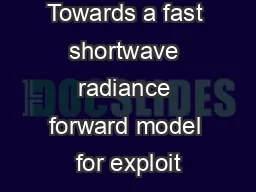
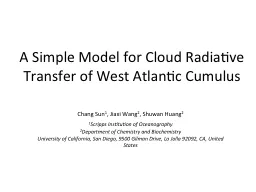

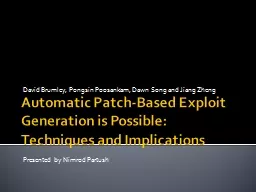
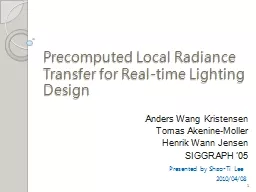

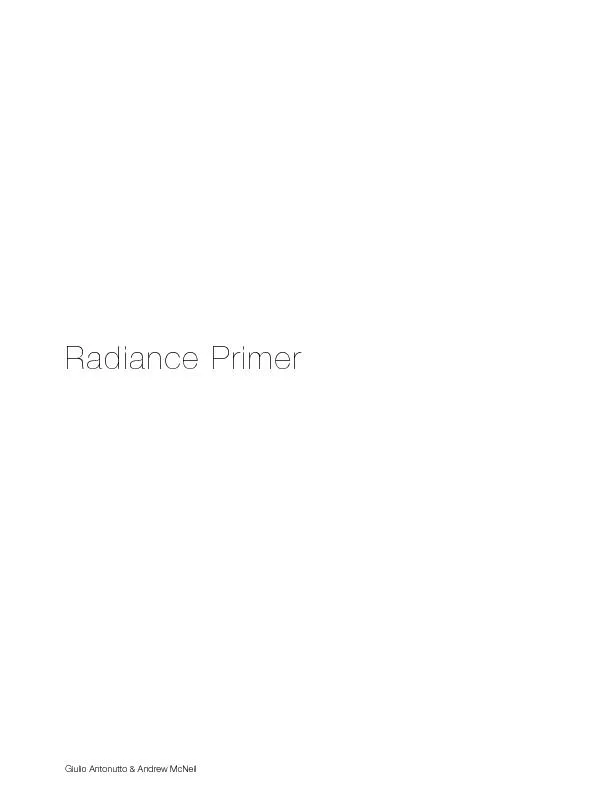
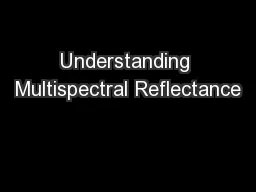

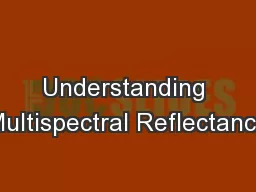


![[EBOOK] - The Fast Forward MBA in Project Management: The Comprehensive, Easy-to-Read](https://thumbs.docslides.com/906759/ebook-the-fast-forward-mba-in-project-management-the-comprehensive-easy-to-read-handbook-for-beginners-and-pros-fast-forward-61c1b2a39b2b7.jpg)
